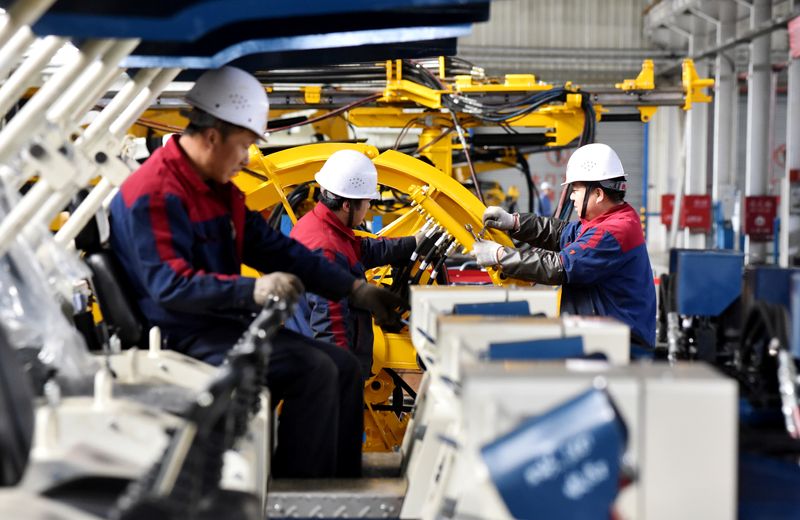AI Sentiment: Cautiously Bullish
Reason: Despite challenges such as power shortages, Covid-19 restrictions and a slowdown in retail sales, China's factory output and fixed-asset investments have increased, surpassing analysts' expectations. The country is taking steps to boost its economy and is on track to meet its economic growth target for the year.
In November, the factory output in China accelerated, overcoming the power shortages that had previously slowed down industrial production. However, the retail sales growth was slower than anticipated, indicating that domestic consumption continues to be a drag on the world's second-largest economy.
As per the National Bureau of Statistics (NBS), the industrial production grew by 3.8% in November from a year earlier, faster than the 3.5% increase in October. This exceeded the analysts' expectations of a 3.7% rise. Despite the earlier disruptions caused by power shortages and Covid-19 related restrictions, the Chinese factories have been gradually ramping up their production.
However, the retail sales in the country grew by 3.9% in November year-on-year, slower than the 4.9% increase in October and falling short of the expected growth of 5.5%. This underscores the challenge faced by China in boosting domestic consumption - a key driver for economic growth.
On the brighter side, the NBS data also revealed that China's fixed-asset investment, a key driver of economic growth, increased by 5.2% in the first eleven months of the year, surpassing the forecasted 5.1% growth. The real estate investment, however, slowed down due to the recent regulatory crackdown.
In order to achieve its economic growth target for the year, China has been taking steps such as easing monetary policy, boosting bank lending, and increasing local government bond issuance to fund infrastructure projects. The country is also focusing on boosting domestic demand and reducing its dependence on exports.
However, the economic recovery remains uneven due to a range of factors such as the global supply chain disruptions, the property market downturn, and the potential impact of the new Omicron variant of the coronavirus. Despite these challenges, China is still on track to meet its economic growth target for the year.




